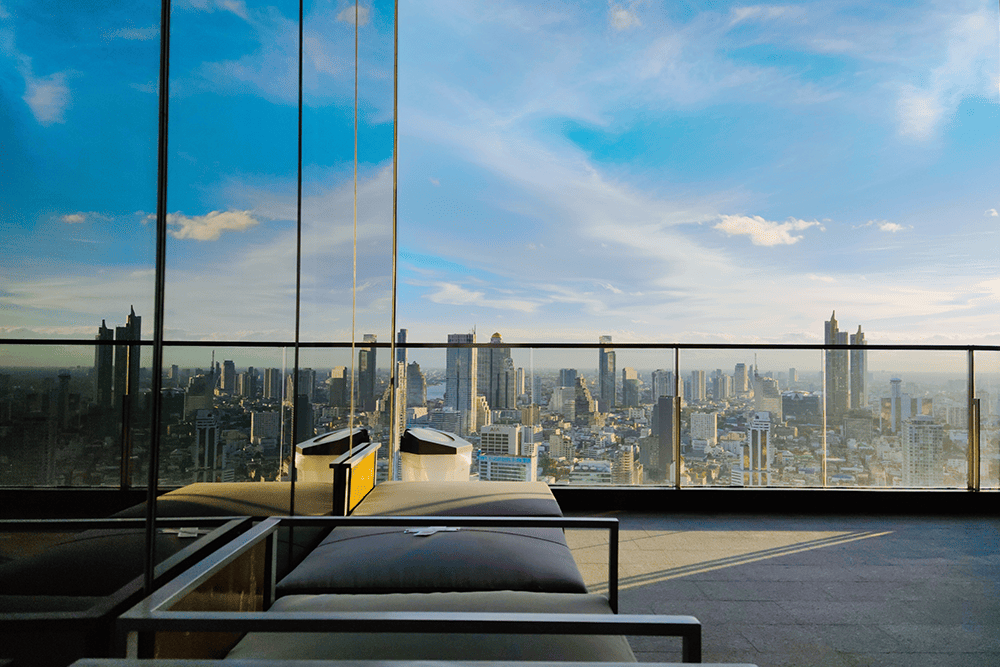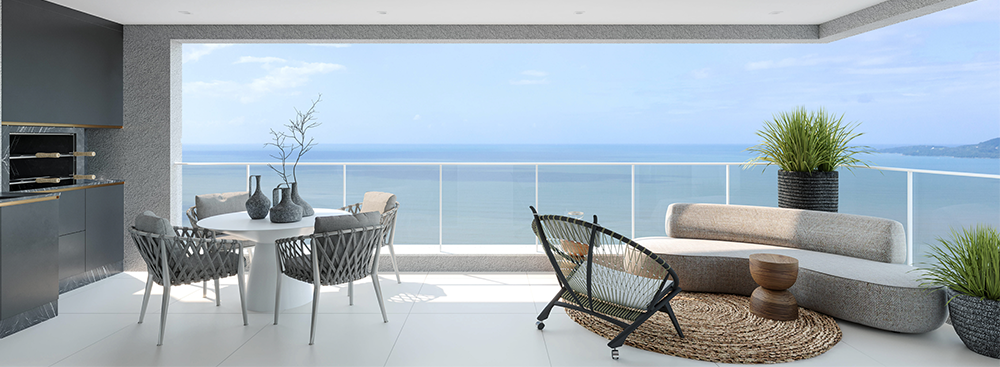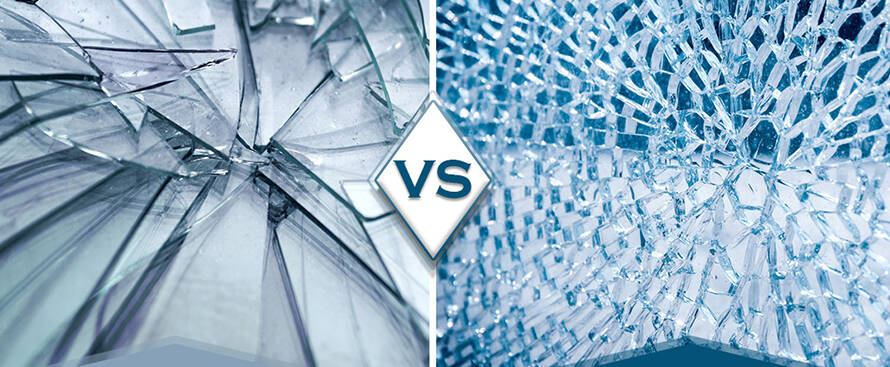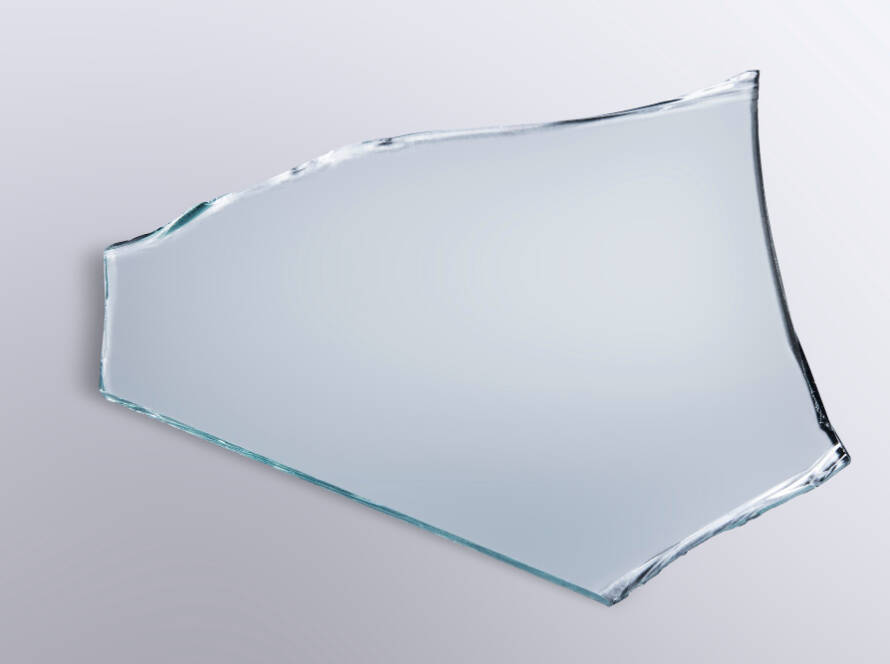Exploring the Differences
Toughened Glass vs Tempered Glass
When it comes to safety and durability in glass applications, toughened glass and tempered glass stand out as the top contenders. But what exactly sets them apart? In this blog post, we delve into the nuances between toughened glass and tempered glass, shedding light on their production processes, applications, and safety features.
Understanding Toughened Glass and Tempered Glass

Toughened glass, also known as tempered glass, undergoes specialized treatments to enhance its strength and safety features compared to regular glass. These treatments involve controlled thermal or chemical processes that induce surface compression and interior tension, resulting in a glass that crumbles into granular chunks upon breakage, rather than sharp shards.
Production Processes

While both toughened and tempered glass achieves similar end results, their production methods may vary. At TPRS Glass, TUFFSAFE is manufactured in one of four electric horizontal roller-hearth tempering lines. Both lines are equipped with a high-powered top-and-bottom convection heating system that enables heat treatment of the most advanced coatings available in the market. Along with this the machines are equipped with an advanced and precise cooling (or quenching) system to ensure minimum levels of iridescence and very high glass flatness.
Applications
The versatility of toughened and tempered glass makes them indispensable in various industries, including architecture, automotive, technology, and sports/leisure. At TPRS Glass Processing, our toughened glass products find applications in:
- Glass splashbacks
- Mirrors cut to size
- Glass balustrades & balconies
- Glass staircases & floors
- Glass partitions
- Glass shelves & table tops
- Glass Furniture
- Automobiles
- Shower Enclosures
- Windows and Doors
One of the primary advantages of toughened and tempered glass is their safety attributes. Upon breakage, these glasses crumble into small, dull-edged granules, significantly reducing the risk of injury compared to traditional annealed glass. This characteristic makes toughened glass ideal for environments where safety is paramount, such as homes, commercial spaces, and automotive settings.
10 key benefits that set it apart from conventional glass materials.

- Enhanced Safety
- Increased Strength
- Improved Durability
- Optimal Security
- Versatile Applications
- Aesthetic Appeal
- Unobstructed Views
- Easy Maintenance
- Environmental Sustainability
- Long-Term Cost Savings
Toughened glass, also known as tempered glass, possesses several distinctive characteristics:
- Strength: Toughened glass is significantly stronger than regular glass, able to withstand higher impact forces without breaking.
- Safety: When it does break, toughened glass shatters into small, blunt pieces rather than sharp shards, reducing the risk of injury.
- Durability: It is more resistant to scratches, abrasions, and other forms of damage compared to regular glass, contributing to its longevity.
- Thermal Resistance: Toughened glass can withstand higher temperature differentials without shattering, making it suitable for applications exposed to extreme temperature changes.
- Versatility: It can be used in various architectural, automotive, and household applications, including windows, doors, tabletops, and shower enclosures.
- Easy Maintenance: Its smooth surface makes the toughened glass easy to clean and maintain with minimal effort.
- Enhanced Security: Toughened glass provides increased security due to its resistance to forced entry, making it suitable for security doors, windows, and storefronts.
- UV Protection: Some types of toughened glass offer UV protection, reducing the penetration of harmful ultraviolet rays and preventing interior furnishings from fading.
Choosing Toughened Glass for Safety and Durability
Whether you’re renovating your home, outfitting a commercial space, or enhancing automotive components, toughened glass from TPRS Glass Processing offers unmatched safety and durability. With our state-of-the-art production facilities and commitment to quality, you can trust our toughened glass products to meet the highest standards of safety and performance.
Why TPRS?
TPRS’s capabilities are versatile and dynamic, always ready to adapt to the changing demands of the market, therefore, helping our clients leverage new opportunities as they emerge.
- QUALITY : Qualified engineers to ensure product & process compliance to international standards product documentation and procedures.
- INHOUSE DEVELOPMENT TEAM : In-house graphic design team. In-house product development team. In-house die-making team for curved glasses.
- PRECISION CUTTING & CUTOUTS : CNC cutting machine, waterjet machine, and Forvet machine for highly precise cutting.
- FINE FINISHING & FINE POLISHING : WorkCentre machine, CNC polishing, and various machining processes to achieve all your requirements with complete aesthetics.
- PRINTING : We print durable single or multi-colored textures, designs, or photorealistic images to merge with your theme.
- LAMINATION : Step lamination & multi-layered lamination.
- SWITCHABLE GLASS : Switchable glass for easy transition.
- CURVED LAMINATED GLASS : Curved panel for greater visibility. We have an in-house die-making team to provide endless solutions.
- PACKAGING & LOGISTICS : All types of safety packages are done in-house. A fleet of vehicles for timely delivery at your end.
- CRYSTAL CLEAR VISIBILITY : TPRS is specialized in processing glasses with minimal distortion.
CERTIFICATIONS

ISO 9001:2015

IATF 16949:2016

ISI 2553 Part 2

ISI 2553 Part 1

E Mark

COP (Conformation of Production)

CE Marking
AS 1288:2006 Marking
Check out our other blog to learn about the advantages of toughened glass
FAQs
While toughened glass offers enhanced resistance to breakage compared to regular glass, it’s not indestructible. Factors such as thermal stresses and damage during installation can lead to breakage. However, the design of toughened glass ensures that upon breakage, it shatters into small, relatively harmless pieces, minimizing the risk of injury.
Toughened glass is much stronger and safer than regular glass. It undergoes a special heating and rapid cooling process, which creates internal stresses that make it resistant to impact and breakage.
Toughened glass breaks into small, blunt pieces rather than sharp shards when subjected to excessive force or stress. This reduces the risk of injury compared to regular glass, which breaks into sharp, jagged pieces.
No, toughened glass cannot be cut or drilled after the tempering process. Any attempt to modify the glass after tempering will cause it to shatter into small pieces. All necessary cuts and holes must be made prior to the tempering process.





